Throughout my travels, I have captured precious moments: murmurs of prayer, hands clasped, gazes lost in the invisible, fingers brushing a sacred grille. These images reveal women and men touched by grace: bodies bent over holy books, foreheads tilted towards the earth, lips murmuring in silence. So many gestures that bear witness to a universal truth: yes, spirituality is alive and well.
In these moments of grace, the unspeakable was revealed to me: this fragile yet powerful connection between the human and the divine, this Great Mystery that transcends us all. By photographing these faces abandoned to the divine, I glimpsed what unites us beyond our beliefs: the same thirst for the infinite, the same quest for the eternal.
May these images awaken that subtle stirring in you – and remind you that the sacred breathes wherever human beings open up to a dimension greater than themselves.
« The world needs those who see the invisible – and make it visible to others. »
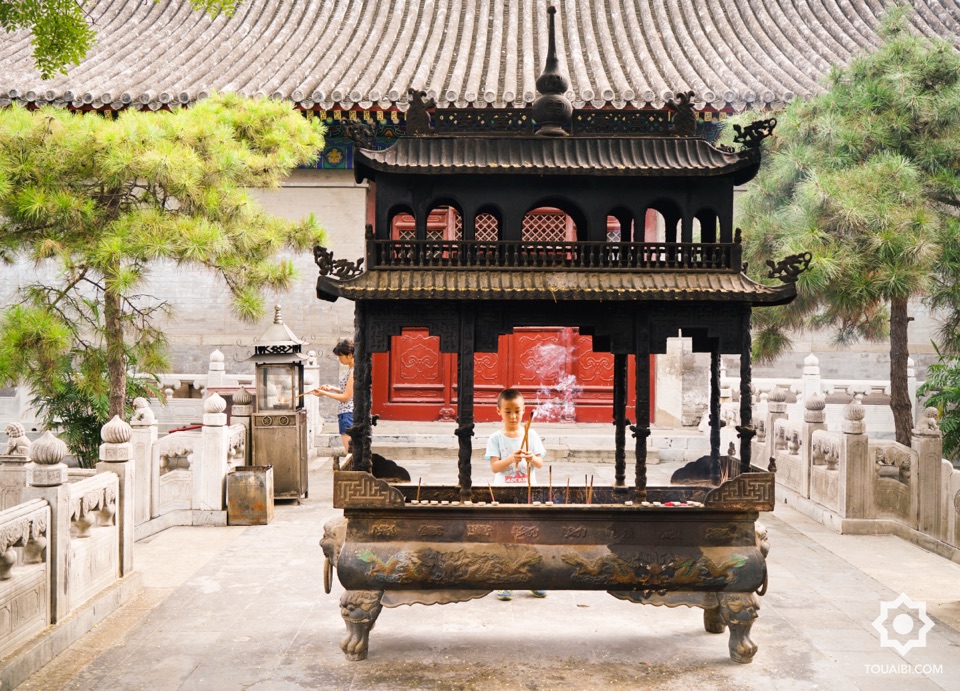
About
A young boy lights a stick of incense in the Taoist temple Dongyue Miao Taoist temple in Beijing, founded in 1319. It is the largest Taoist place of worship in northern China.
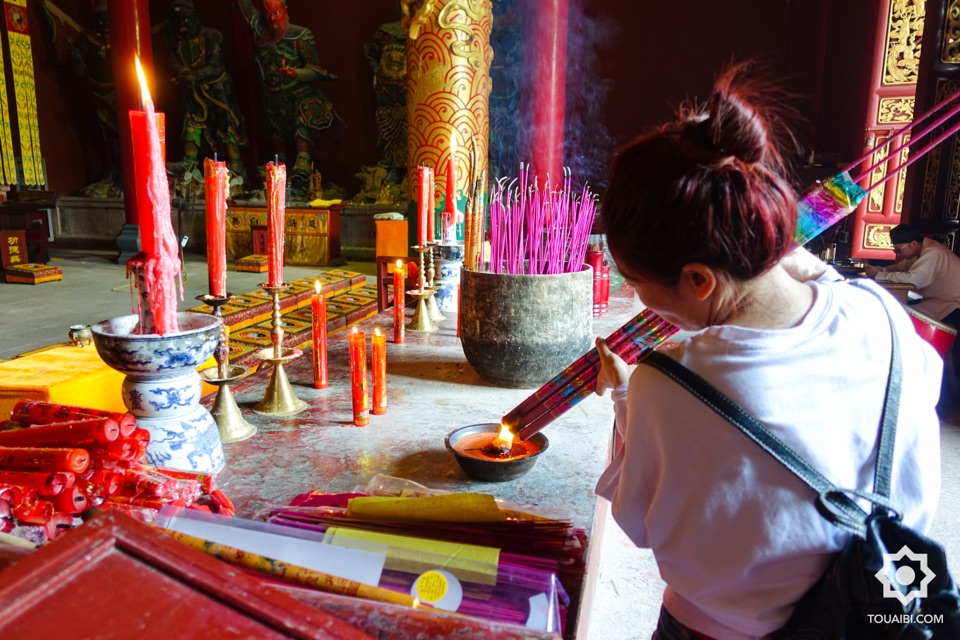
About
In the temple of Taisu (XIIIe s.), on Mount Qiyun, one of the four sacred mountains in China.
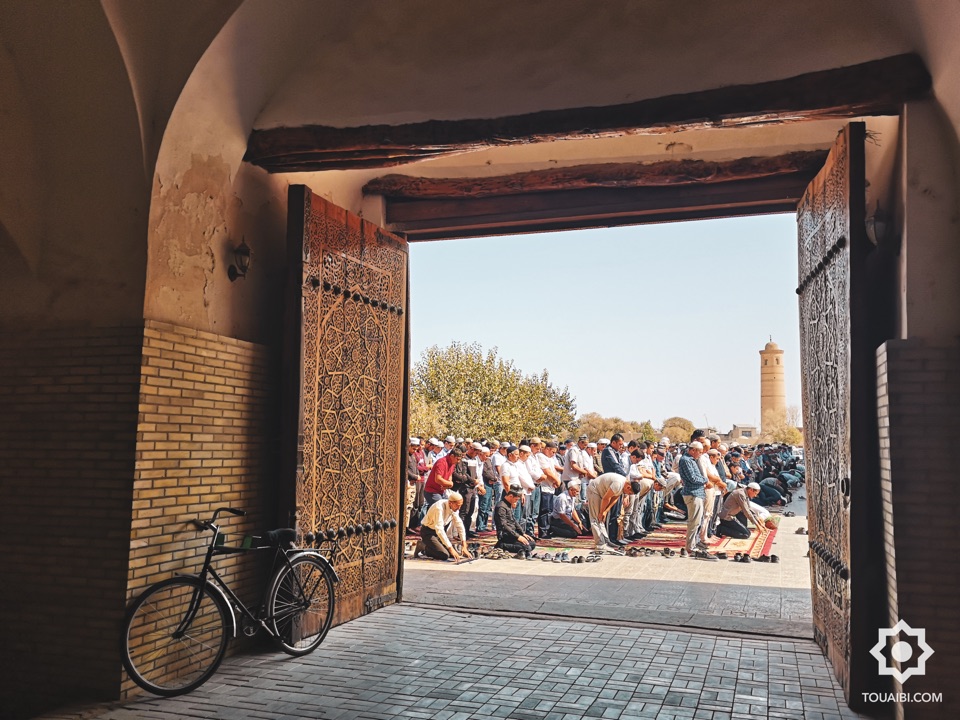
About
Friday prayer in Khiva, Uzbekistan.
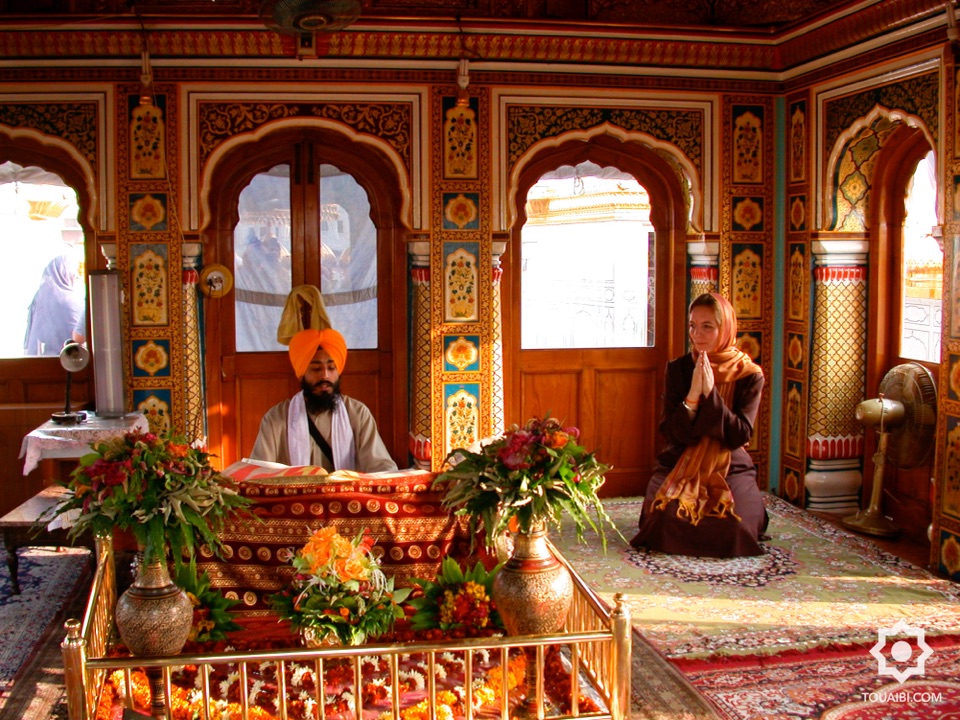
About
Inside the Golden Temple in Amritsar, the Sikhs' most sacred building.
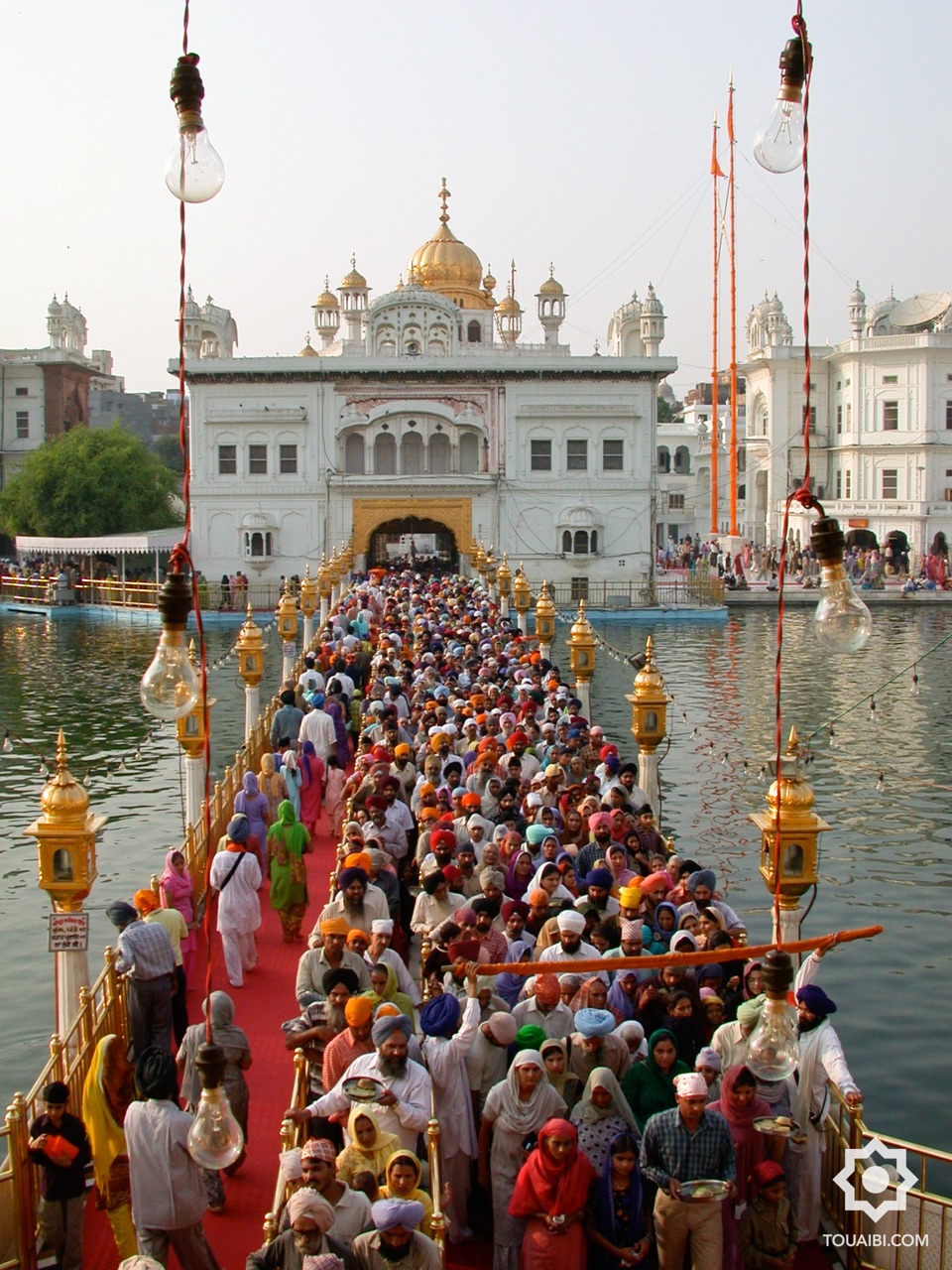
About
Celebrating the birthday of Guru Nanak, founder of the Sikh religion in Amritsar.
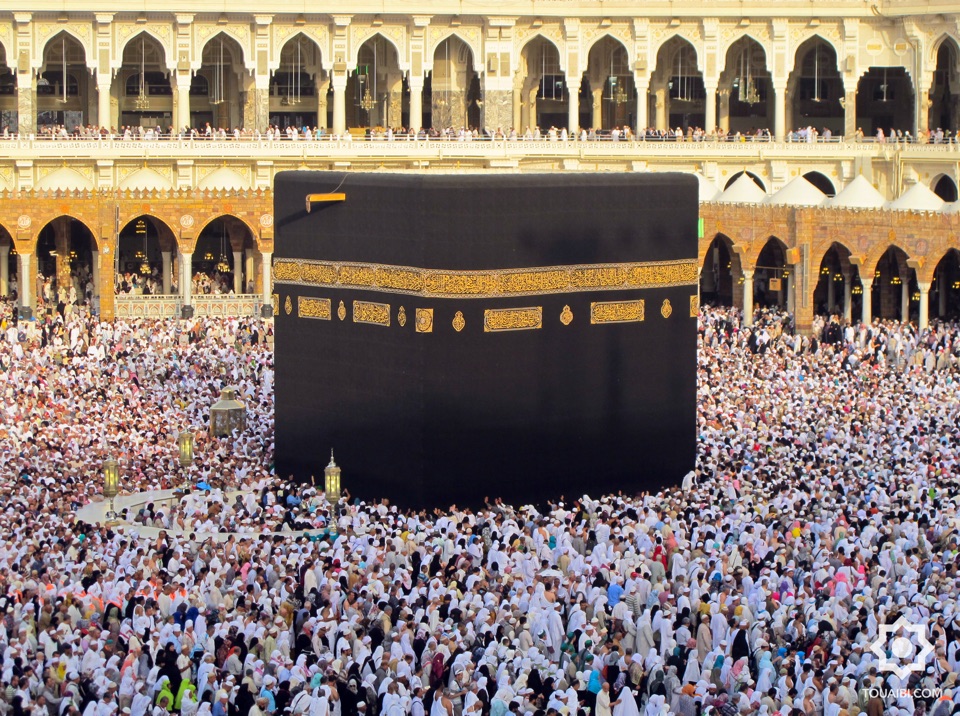
About
The Kaaba in Mecca. A cubic building measuring 11 metres on each side and 15 metres high, covered in black silk and cotton fabric. It houses the Black Stone, traditionally thought to be a meteorite brought by the angel Gabriel. An important shrine before the advent of Islam, the Kaaba is the most sacred place in the religion.
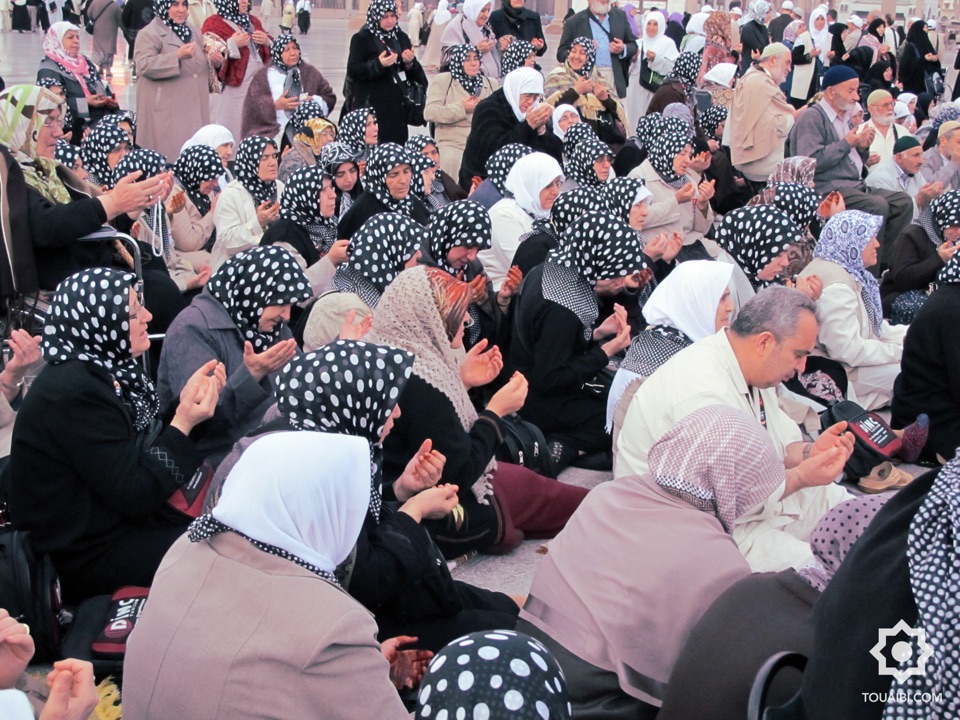
About
In Mecca, a group of pilgrims from Türkiye make invocations.
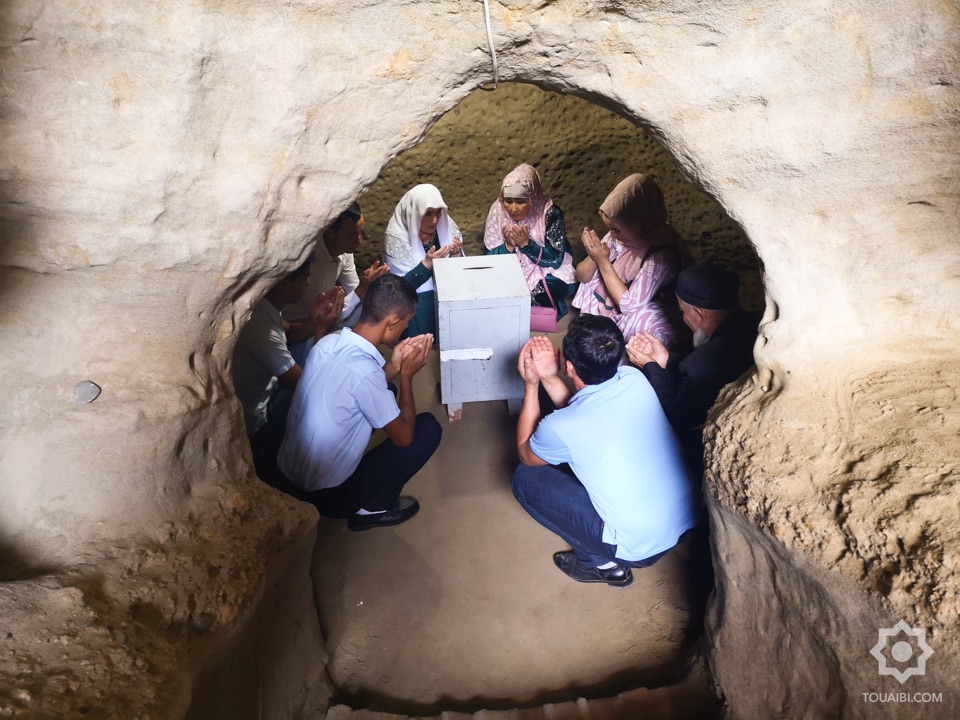
About
In Termez, Uzbekistan, not far from the Afghan border, a cave where Ḥakīm al-Tirmidhī (d. circa 930) used to make spiritual retreats.
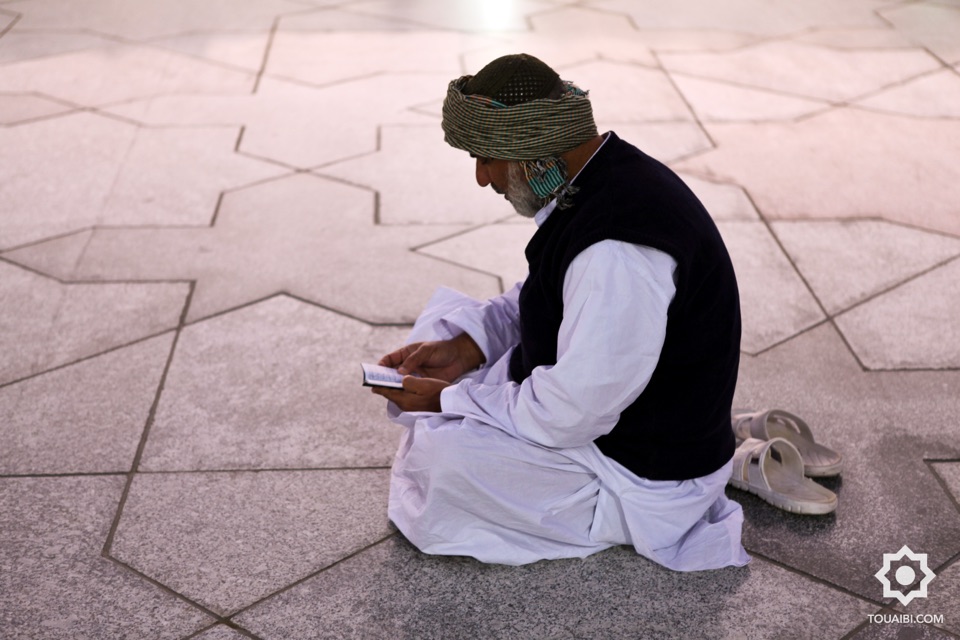
About
A man meditates in front of the tomb of the Prophet Muhammad in Medina.
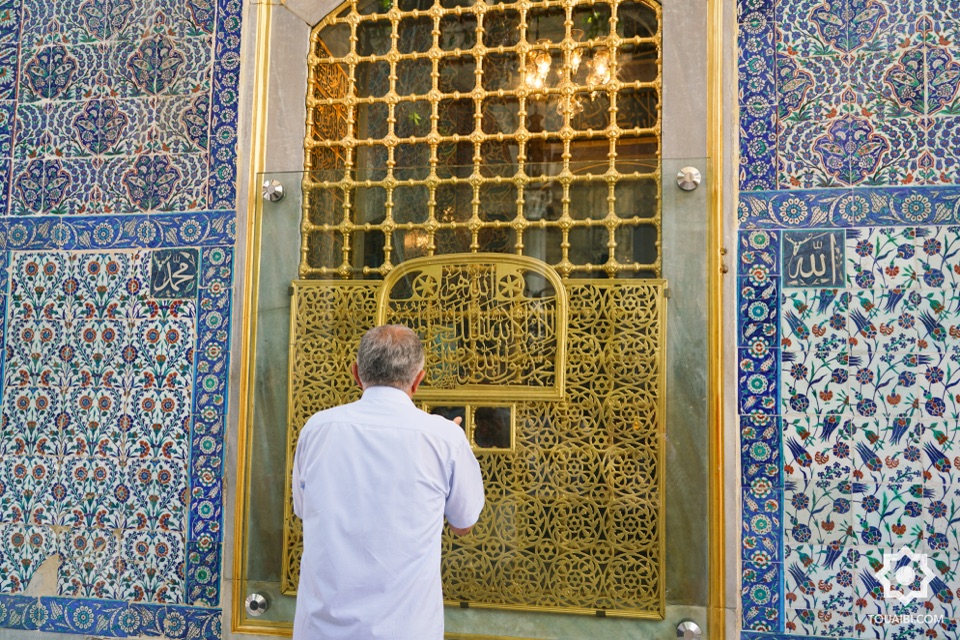
About
The shrine of Eyüp Sultan in Istanbul, dedicated to the famous companion of the Prophet Muhammad, is a major place of spirituality and pilgrimage.

About
Two men on a special pilgrimage from Afghanistan stand in silence before the shrine of Khwâja Ârif Riwgarî (d. 1239), a Sufi saint, near Bukhara.
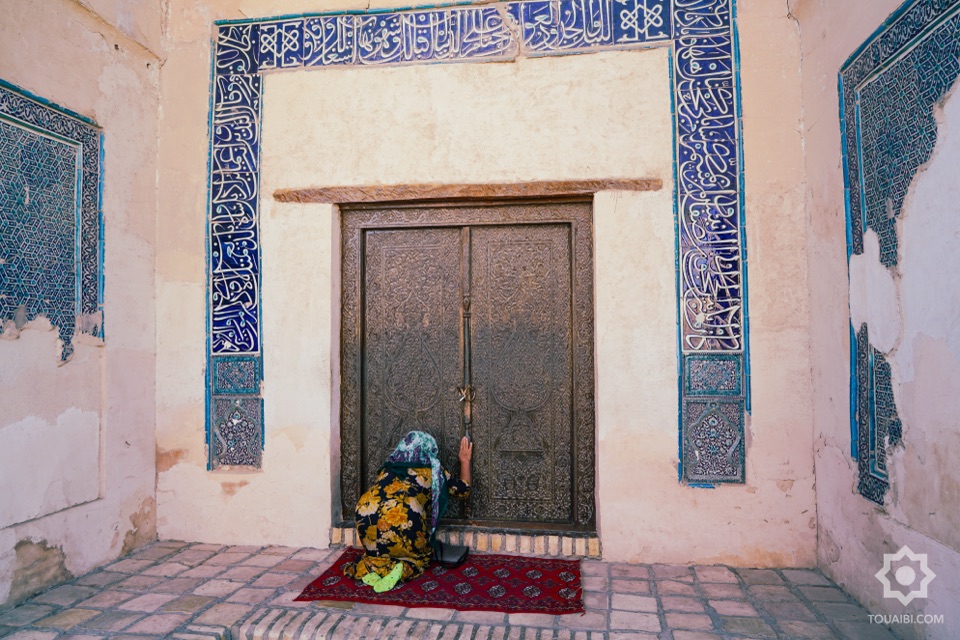
About
In Turkmenistan, before the door of the shrine of Najm-ud-Dîn Kubrâ (d. 1221), founder of the Kubrâwiyya brotherhood. He is one of the greatest mystics and masters of Sufism.
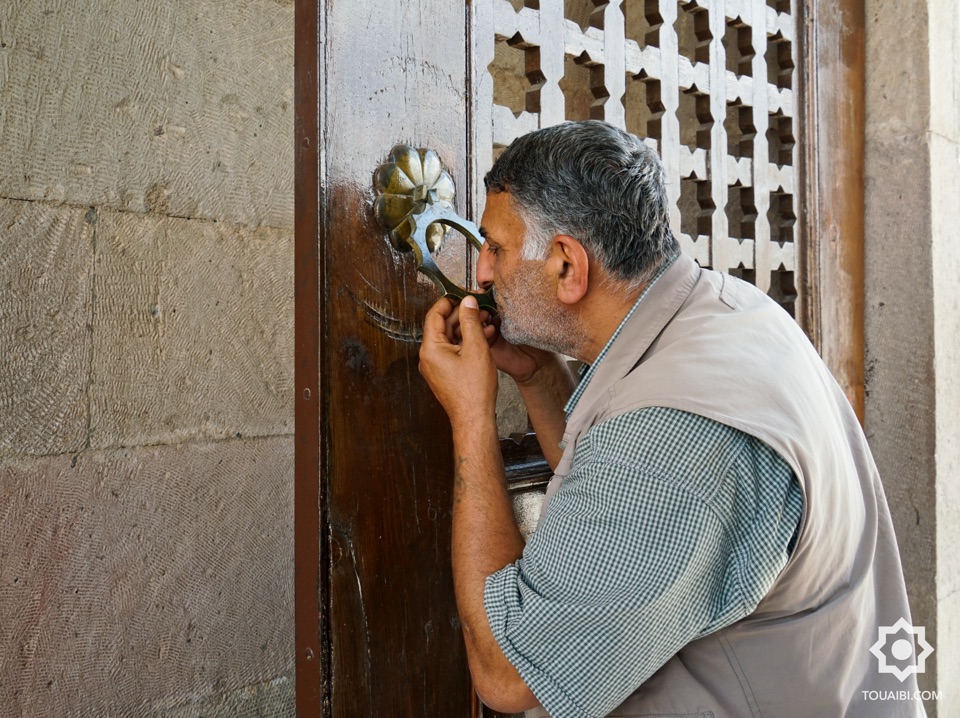
About
At the entrance to the sanctuary of Haci Bektas (d. 1270), founder of Alevism, in Cappadocia, Turkey. This wise man was a forerunner in his day, declaring: ‘Educate the women.’
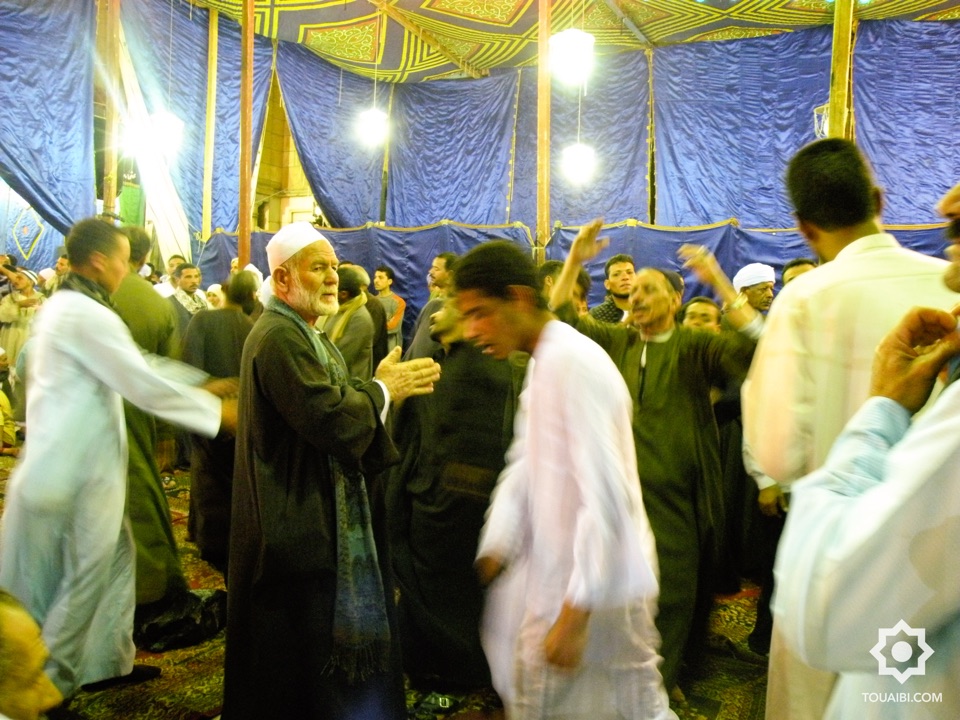
About
During a celebration in Cairo in honour of Imam al-Hussein (d. 680).
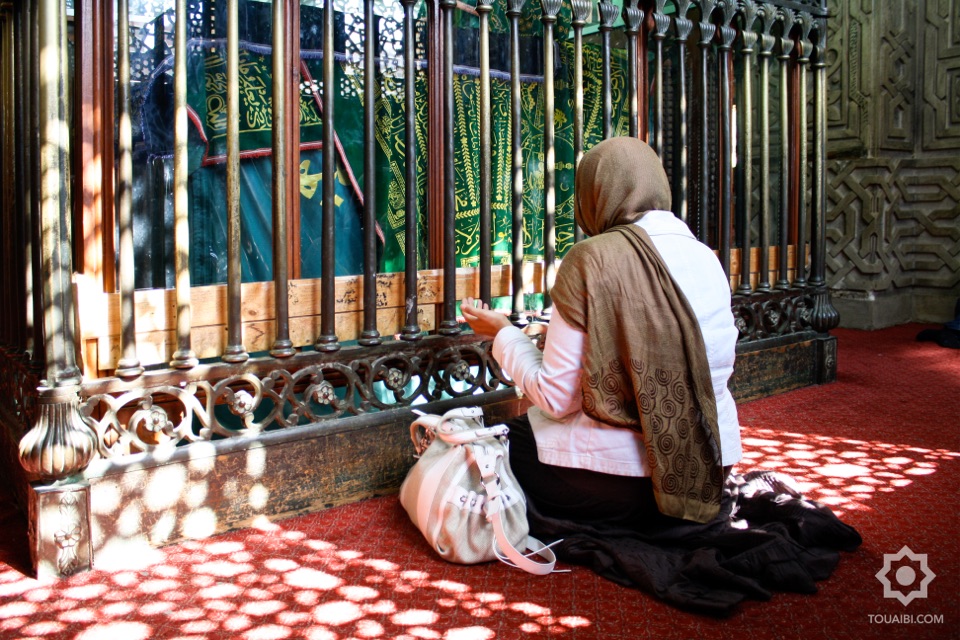
About
Zahra prays at the shrine of Sheikh Abû'l-Abbâs al-Mursî (d. 1287), in Alexandria, Egypt.

About
Linxia, China, Yu Baba Gongbei sanctuary. Hands clasped around a stick of incense, a man mingles in meditation.
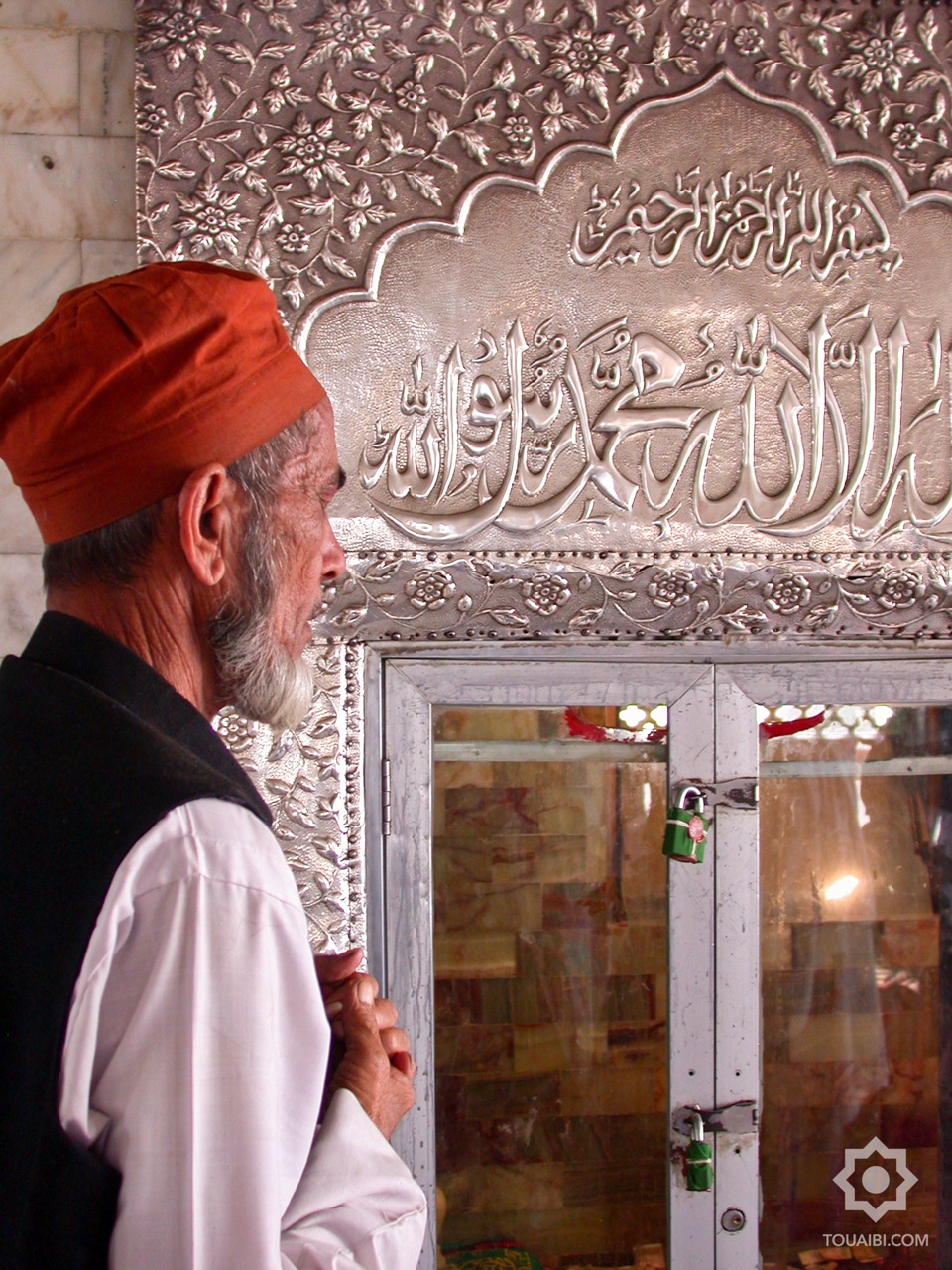
About
A man meditates at the tomb of Baba Farid Ganji Shakar Ajodhani (d. 1265), Pak Pattan, Pakistan.
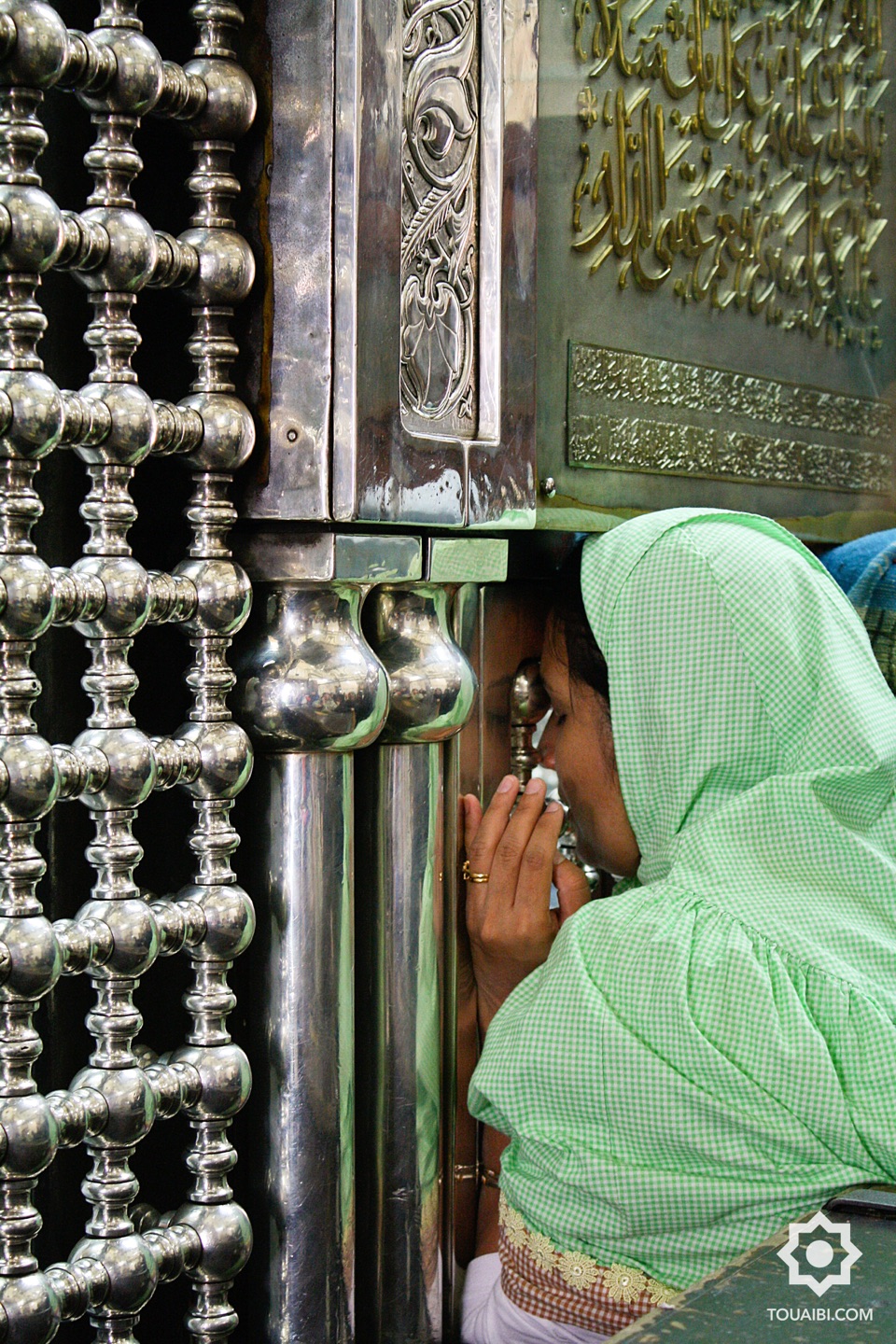
About
A woman murmuring a prayer at the shrine of Sayyida Zaynab (d. 681) in Cairo. Daughter of ‘Ali and Fatima, granddaughter of the Prophet Muhammad, she is a central figure of devotion, whose mausoleum attracts pilgrims from all over the world.
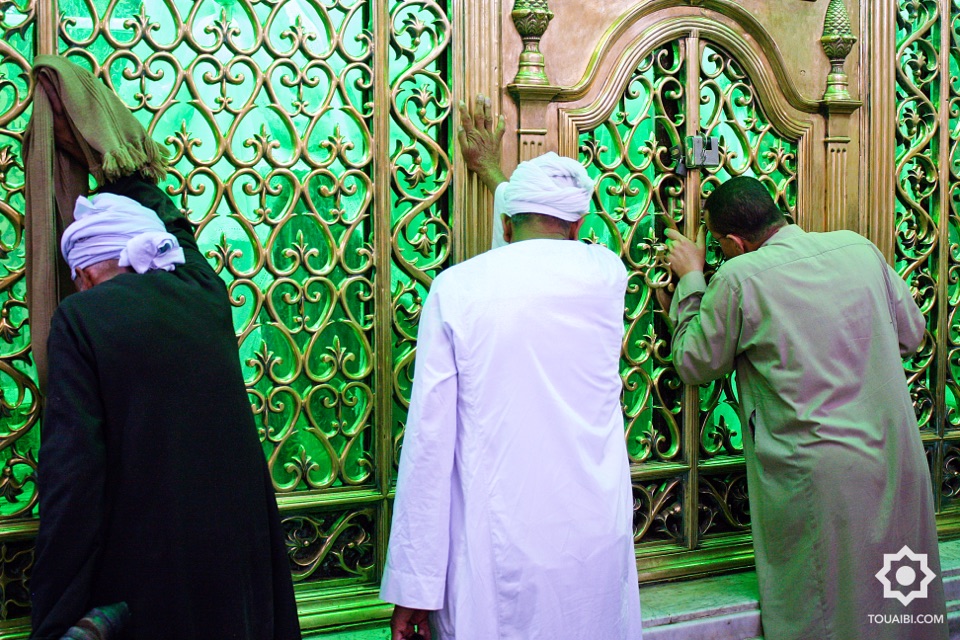
About
In the shrine of Sayyida Fatima al-Nabawiyya (d. 728), daughter of Imam al-Hussein, in Cairo. The faithful kiss the protective grille of her tomb.
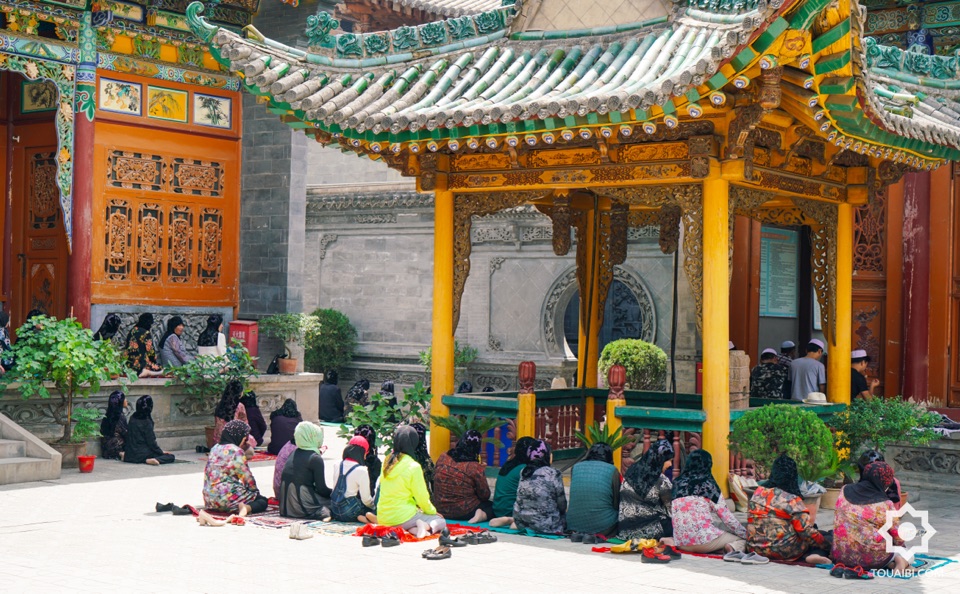
About
Friday prayers at the Linxia mosque, home to the shrine of Qi Jingyi (1656–1719). The first Chinese master of the Qadiriyya Sufi path, he adapted this mystical order to local traditions, integrating Confucian and Taoist elements.
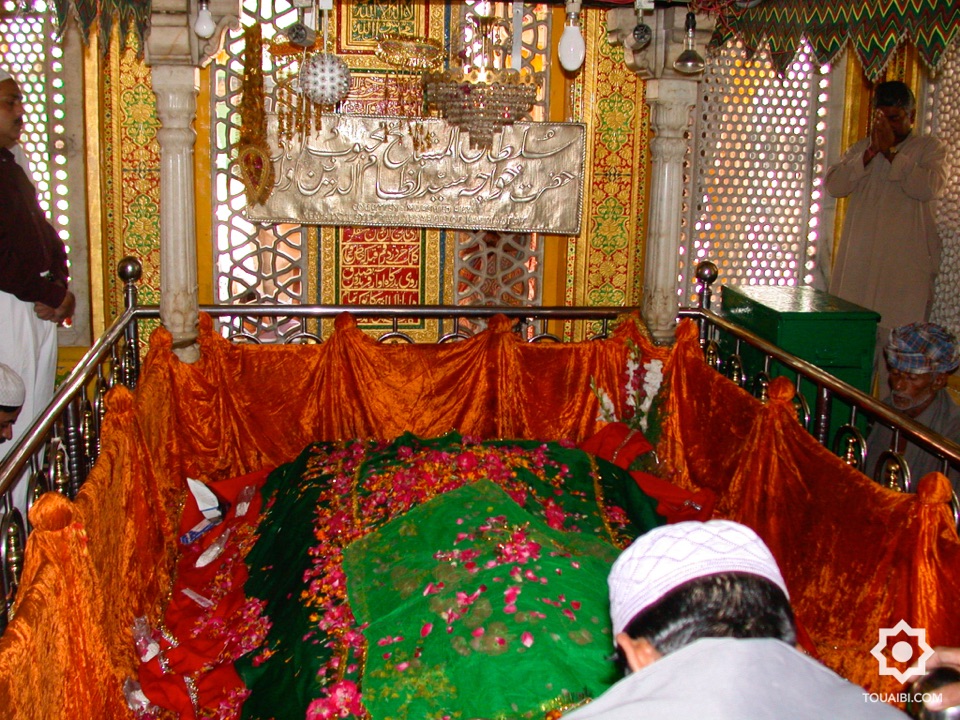
About
New Delhi. A man meditates before the tomb of Nizamuddin Auliya (d. 1325), after placing his offerings of rose petals. The shrine of this Sufi saint, revered for his compassion, attracts thousands of pilgrims day and night.
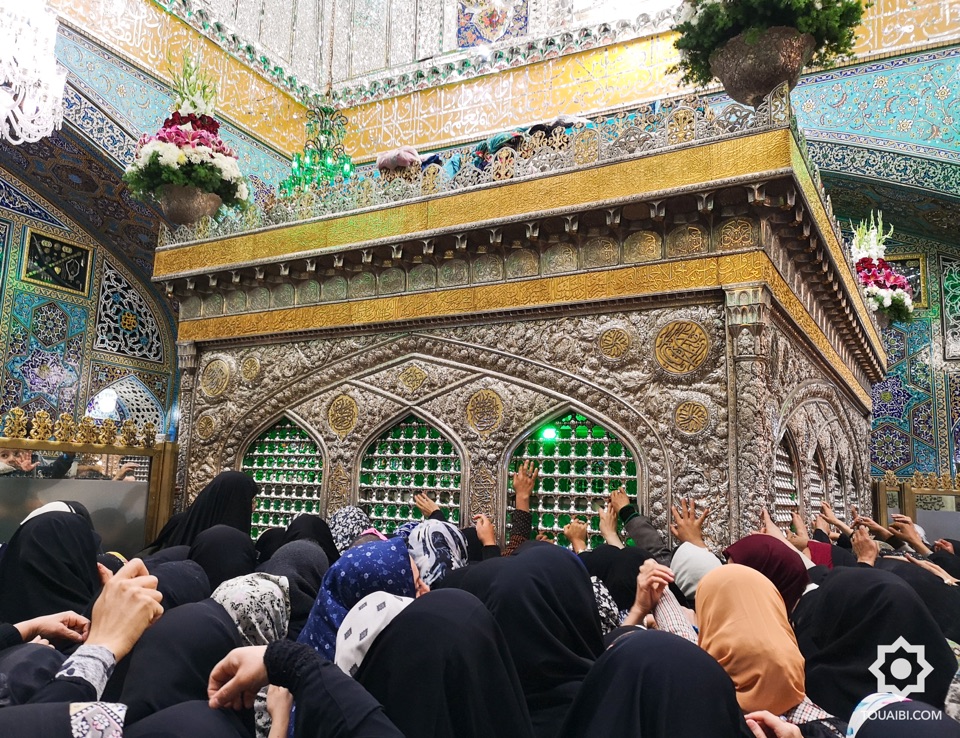
About
Mashhad, Iran. Women in chadors walk towards the shrine of Imam Reza (d. 819), descendant of the Prophet and eighth Imam of the Shiites. His mausoleum, the spiritual heart of Iranian Shiism, attracts 20 to 30 million pilgrims every year in an uninterrupted stream of devotion.
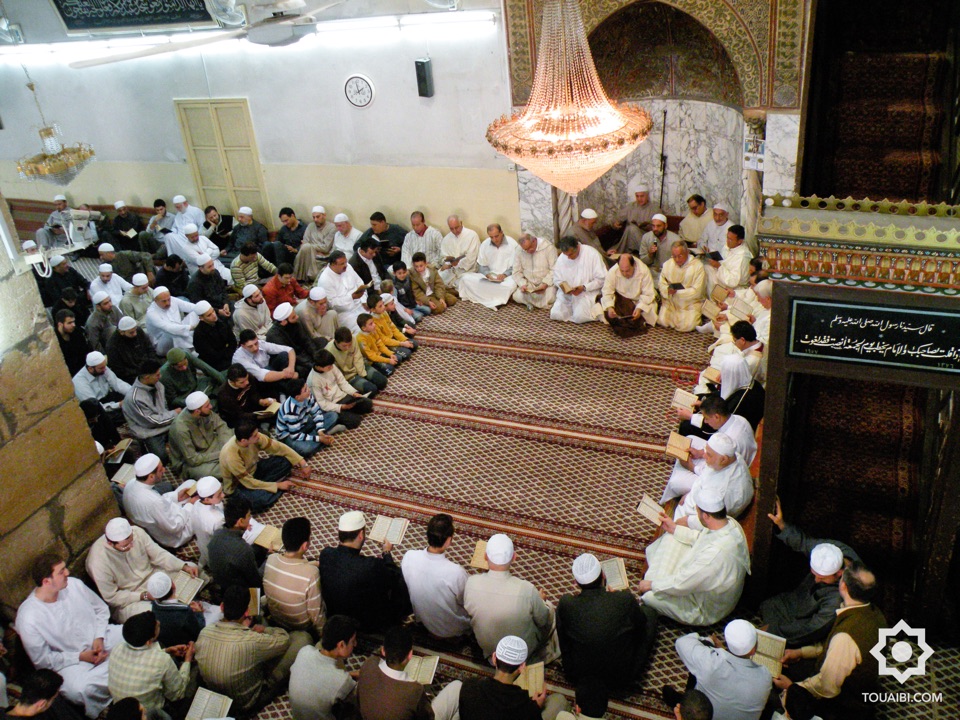
About
In Damascus, in the historic al-Tawba mosque, solemn prayers are recited to mark the bicentenary of the death of Emir Abd-el-Kader. Alongside Sheikh Khaled Bentounes – spiritual leader of the Alâwiyya Sufi Way – and Sheikh el Bourhani, disciples and dignitaries are gathered.
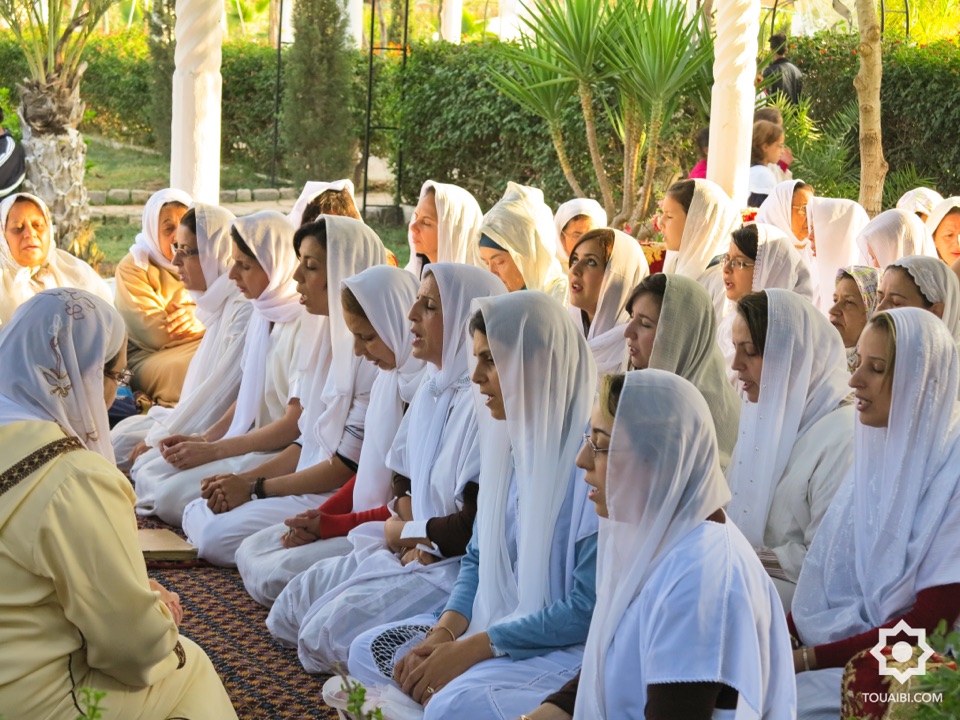
About
Mostaganem, November 2014. The women of the Alâwiyya Sufi brotherhood, dressed in white, chant the Wird (spiritual rosary) in a spellbinding rhythm, their voices rising as a single prayer. This daily ritual embodies the living heritage of Sufism, in which female devotion plays an essential role.
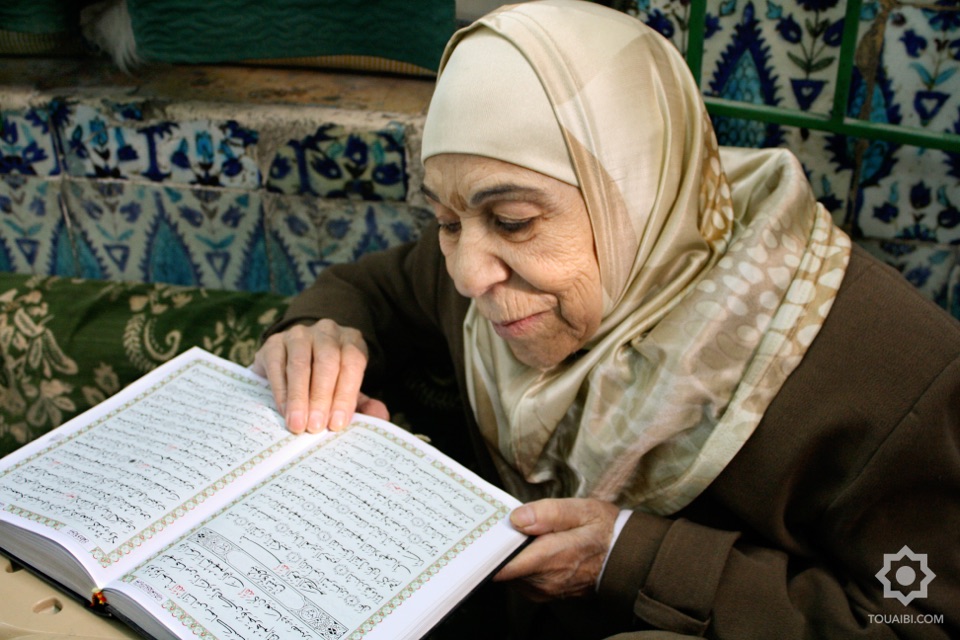
About
Damascus, Syria. A woman reads the Koran in the half-light of the tomb of Ibn Arabi (d. 1240), the Sufi master and mystic born in Andalusia whose work inspired the whole of Sufi spirituality. Nearly 800 years after his death, Ibn Arabi's tomb in Damascus still attracts those in search of knowledge.
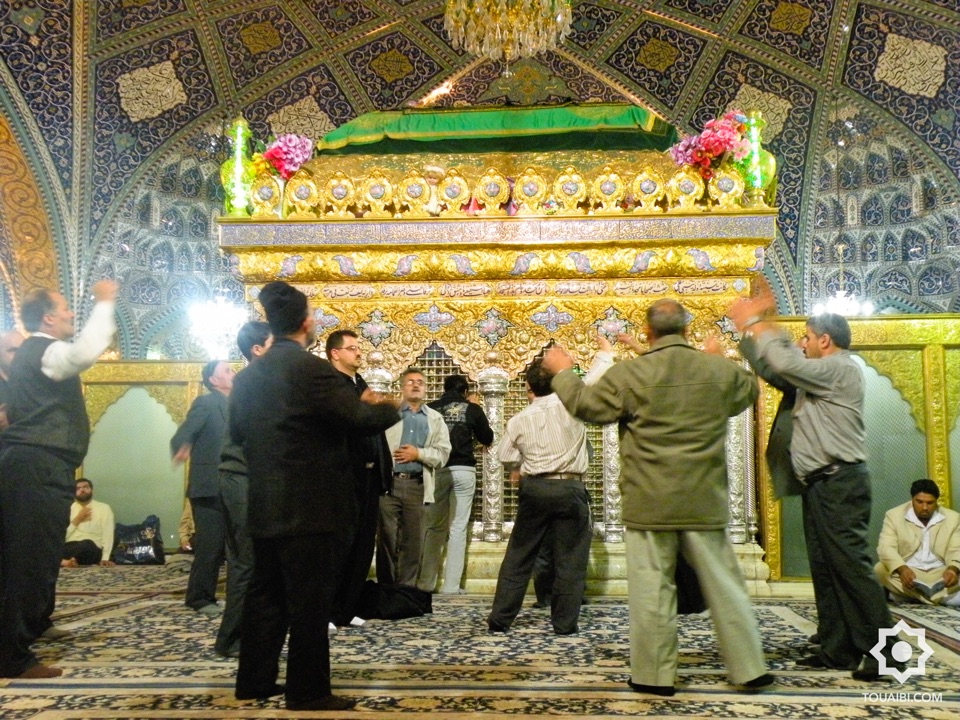
About
Damascus. Pilgrims from Central Asia sing devotional songs (munâjât) at the shrine of Sayyeda Rokayya (d. 680), daughter of Imam Husayn and descendant of the Prophet.
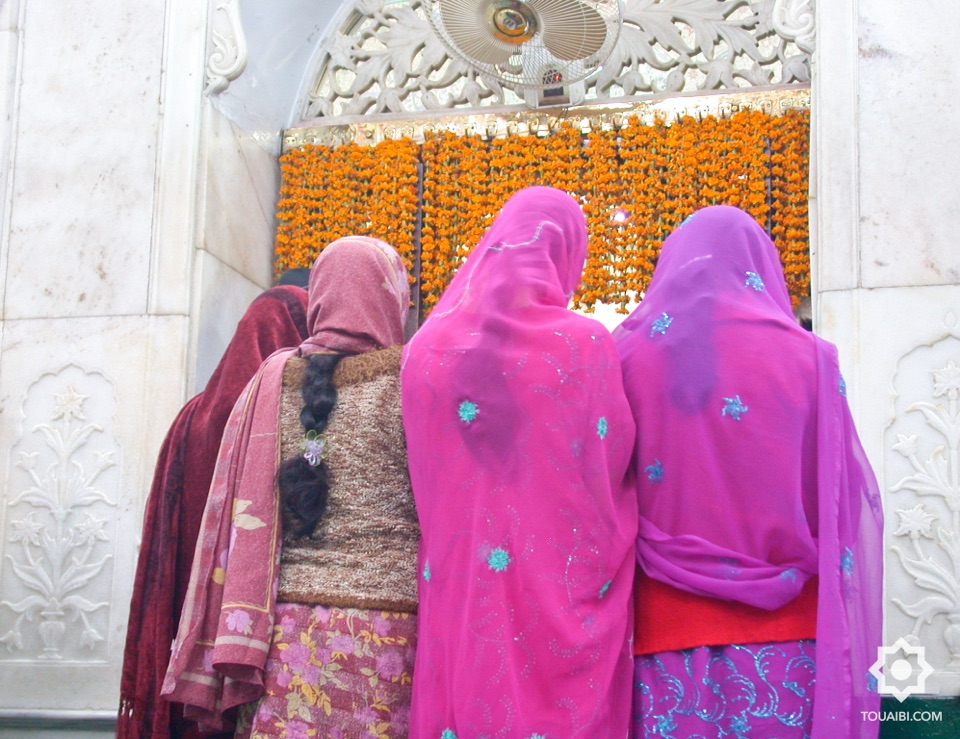
About
Lahore, Pakistan. Women in devotion before the tomb of al-Hujwirî, an eleventh-century saint still venerated as a spiritual guide. His shrine, the beating heart of Pakistani Sufism, attracts thousands of pilgrims every day.

About
Kayseri, Türkiye. Two women pray before the tomb of Seyyid Burhaneddin (d. 1244), master of Rûmî and disciple of Ibn Arabî. This mystic, who came from Afghanistan to teach in Konya, is buried in an Ottoman mausoleum where his lessons on divine love and self-knowledge still resonate.
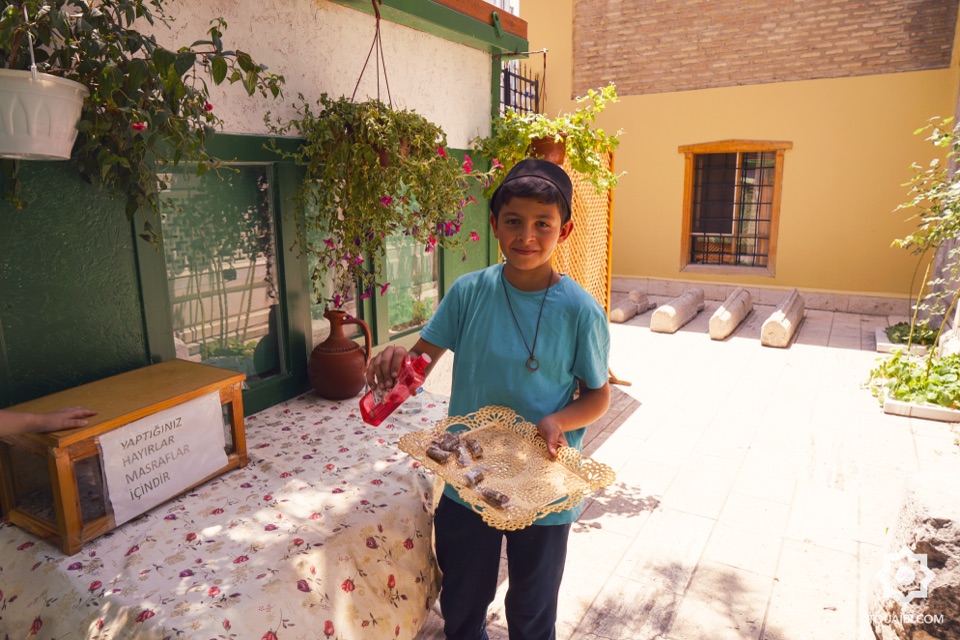
About
Konya, Türkiye. A young boy offers rosewater and traditional cakes to visitors to the shrine of Sadr al-Dîn al-Qûnawî (d. 1274), the spiritual heir of Ibn Arabî. This generous gesture perpetuates a centuries-old tradition of the Mevlevi dervishes: welcoming each pilgrim as a sacred guest.
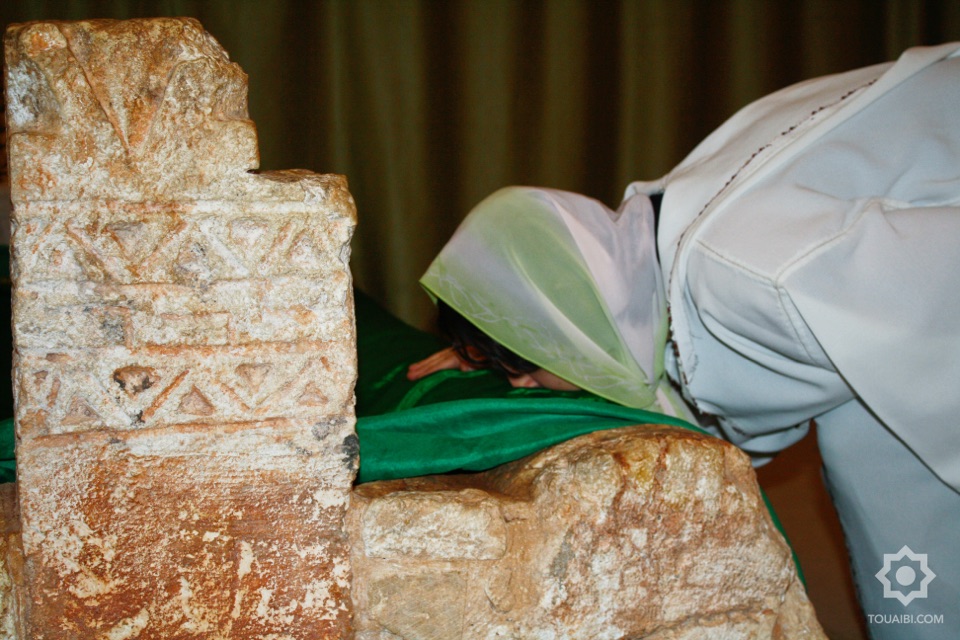
About
Syria. Radia salutes the cenotaph of Omar ibn Abdelaziz (d. 720) at Deir Sama'n – revered as the ‘5th rightly guided caliph’. This reformer, who put an end to fiscal malpractice and re-established justice, rests in a modest mausoleum near Aleppo. His tomb was rediscovered by the Ottomans in 1585.
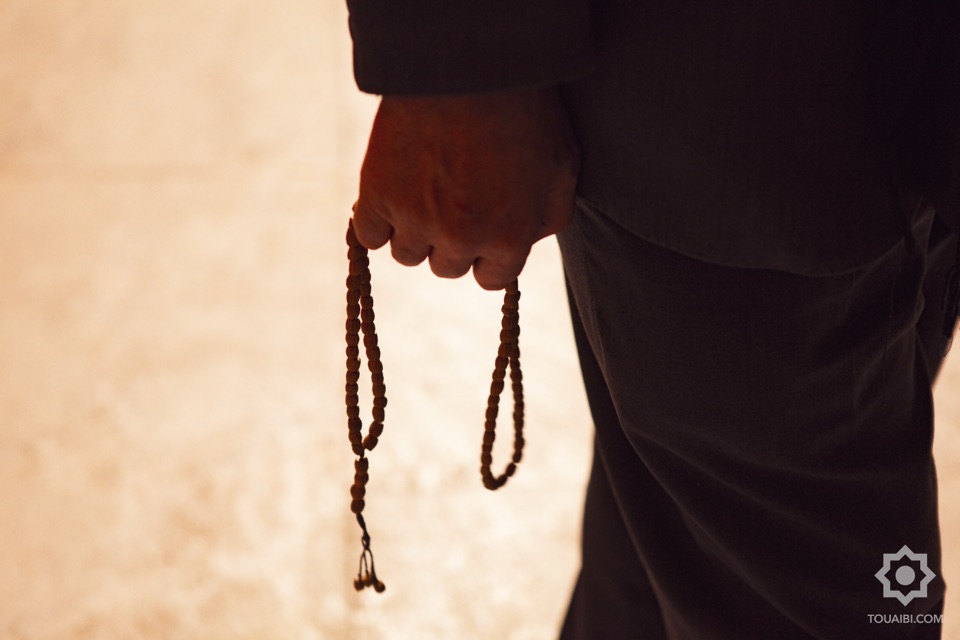
About
Cordoba, 26 November 2010. Jesuit Father Paolo Dall'Oglio (1954–missing 2013) visits the Mosque-Cathedral, a symbol of tolerance and encounter between Islam and Christianity. This place illustrates his struggle to make the Syrian monastery of Mar Moussa (6th century), which he rebuilt, a beacon of interfaith dialogue.

